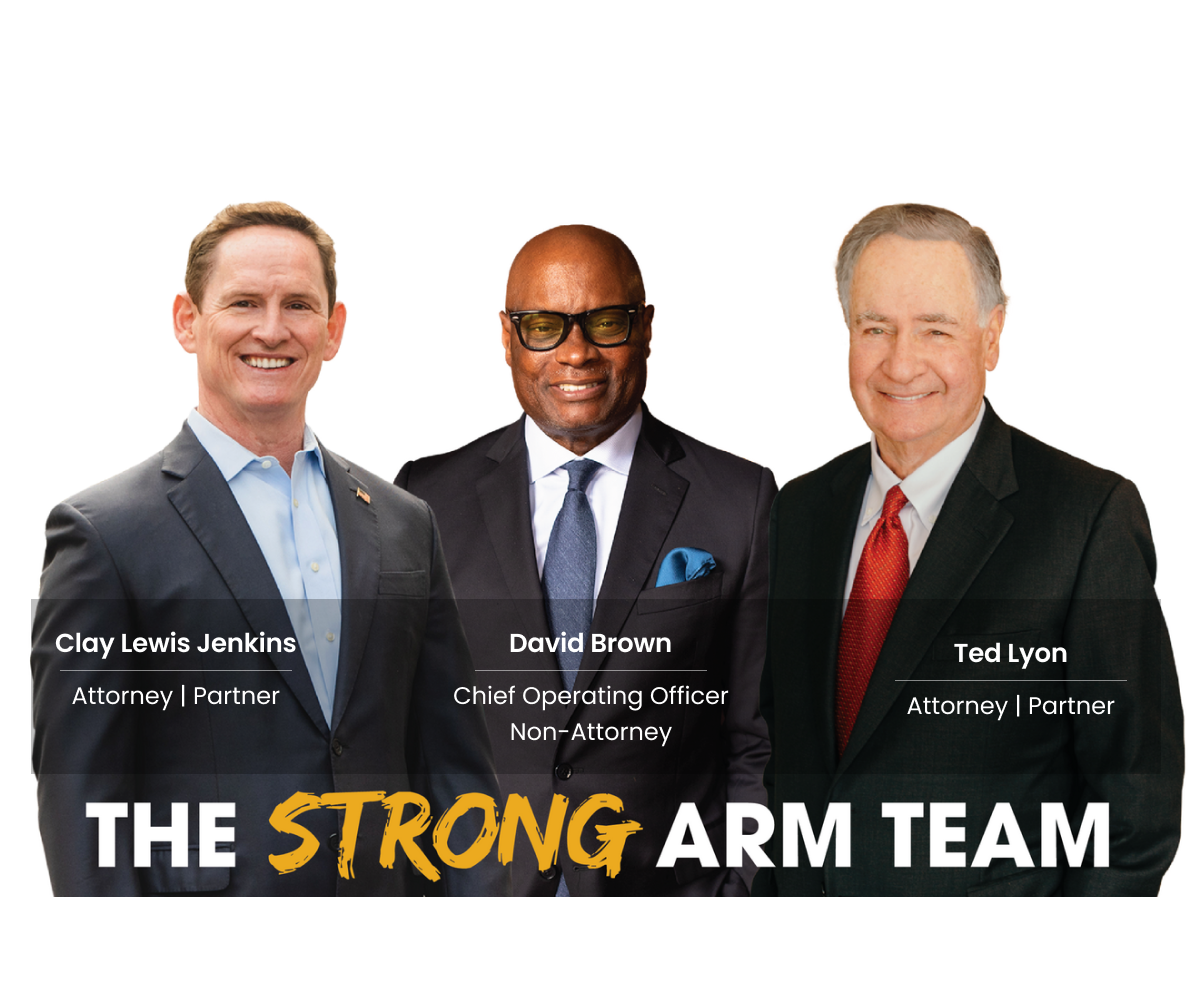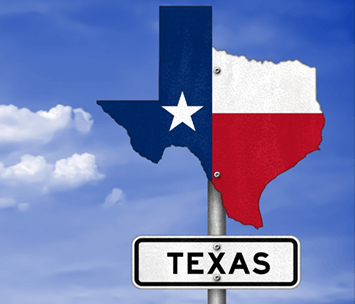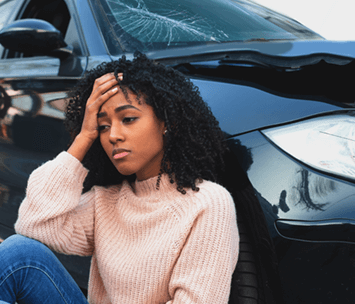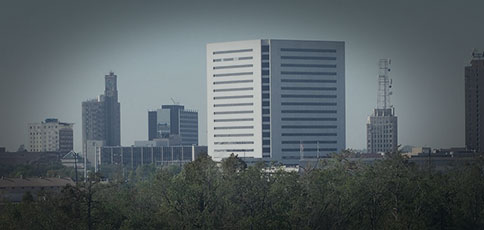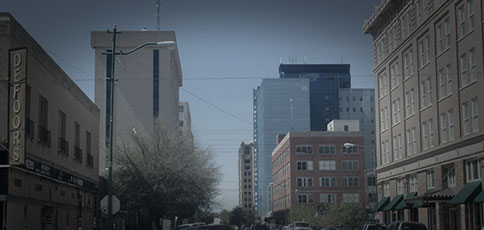
Several factors may put pedestrians at risk, including when walking in urban areas, after dark, or crossing the street at an intersection. Accidents involving pedestrians are also more likely to happen when a pedestrian or driver of a vehicle is distracted or impaired. The pedestrian’s age may also affect their risk of being hurt or killed in a traffic crash.
7,388 people died in fatal pedestrian accidents in 2021. The National Highway Traffic Safety Administration (NHTSA) explains that this was a 13% increase in pedestrian deaths compared to 2020. The Texas Department of Transportation (TxDOT) noted a “dramatic rise” in pedestrian deaths in 2020, an alarming trend that indicates motorists are not using sufficient caution to avoid fatal pedestrian crashes.
More Risk Factors That Place Pedestrians at Risk of Injury and Death
In addition to being in an urban setting, being near roadways at night, and crossing the street at intersections, pedestrians fall victim to motor vehicle crashes because of:
Driver Impairment
According to the Centers for Disease Control and Prevention (CDC), approximately 47% of motor vehicle accidents resulting in a pedestrian death in a single year involved alcohol impairment of either the pedestrian or the driver. While intoxicated pedestrians take the blame for some accidents, intoxicated motorists pose a far greater danger, as they:
- May exercise poor judgment
- May fail to see pedestrians
- Have less control over their vehicle
- Are statistically more likely to cause a collision
Drunk driving is a hazard to all motorists and pedestrians on a roadway. However, pedestrians face a greater risk because they lack the protection a motor vehicle provides.
Driver Distraction
The Governors Highway Safety Association stated in its “Pedestrian Traffic Fatalities by State” that widespread smartphone use may be partially responsible for increased pedestrian accidents.
Common forms of distracted driving include:
- Texting
- Recording video and taking photographs
- Eating or drinking
- Engaging in conversations that take one’s attention off driving safely
- Taking one’s hand(s) off the wheel for any reason
When drivers are distracted, they may fail to brake or take other evasive maneuvers before hitting a pedestrian. This may increase the risk of catastrophic injuries.
Urbanization
Since pedestrian accidents are more likely in urban settings, the increasing size of urban areas comes with the added risk of pedestrian-involved collisions.
Low Visibility
Low visibility makes it more difficult for drivers to see pedestrians. Conditions that may diminish driver visibility include:
- Bad weather (including rain and fog)
- Nighttime
- A driver’s poor vision
- Poor lighting on roadways and adjacent walkways
While conditions like bad weather are outside of a motorist’s control, drivers can adapt their habits to poor driving conditions. Slowing down, turning on headlights, and increasing one’s distance from other vehicles are necessary measures when visibility is low.
Location
A pedestrian’s location may affect the likelihood that a motorist will strike them. For example, a high-density intersection with broken traffic signals and unclear markings may pose a great risk of pedestrian accidents.
Day of Week
Pedestrian fatality rates also jump during the weekend, especially during nighttime hours. Congestion may rise during these times as people socialize, especially at night. This socializing may also increase demand for taxis, rideshare vehicles, and food delivery drivers, increasing congestion in areas with heavy foot traffic.

800-285-HURT (4878)Available 24/7 | 356 Days | se habla español
How Drivers Can Avoid Pedestrian Accidents
While drivers and pedestrians on the same road can be a dangerous combination, drivers have the responsibility to drive in a way that avoids causing injury to anyone else on the roadway, including pedestrians. There are many ways in which drivers can reduce the risk of accidents with pedestrians, including:
- Proactively looking for pedestrians in crosswalks, on shoulders, and in other areas, especially during nighttime hours when it may be more difficult to spot them
- Stopping for pedestrians in crosswalks and at intersections
- Assuming that pedestrians will act in unpredictable ways (in other words, driving defensively)
- Not passing a vehicle that is stopped in front of a crosswalk, as pedestrians could be crossing outside of the motorist’s line of sight
- Reducing their speed in areas where pedestrians may be present
- Being particularly careful when passing through a crosswalk
- Avoiding drunk driving, drugged driving, drowsy driving, or driving in any other state that makes the motorist a danger to others
- Obeying the speed limit
- Avoiding distractions
Unfortunately, many drivers disregard or underestimate their responsibility to drive safely. This lack of regard for others can result in serious pedestrian accidents that can cause severe injuries or even death.
If a motorist is negligent and harms a pedestrian, the pedestrian may be entitled to compensation for the damages they sustained, including:
- Past and future medical bills
- Lost wages
- Lost earning capacity if the victim is unable to return to any work or the same line of work
- Pain and suffering
- Treatment for pain and suffering
- Any accident-related property damage
Injured pedestrians can discuss their potential damages and their legal rights with a personal injury lawyer. An attorney will identify liable parties, document and calculate your damages, and lead the fight for your financial recovery in Texas.
Contact Loncar Lyon Jenkins Today for a Free Consultation About Your Pedestrian Accident
Now that you know what pedestrians are most at risk, you can find out what these risk factors may mean for your pedestrian injury claim.
The team from Loncar Lyon Jenkins can answer any questions you have about filing a claim. We will determine whether another person’s negligent behavior makes them legally liable for your damages. Call Loncar Lyon Jenkins today for your free consultation.

